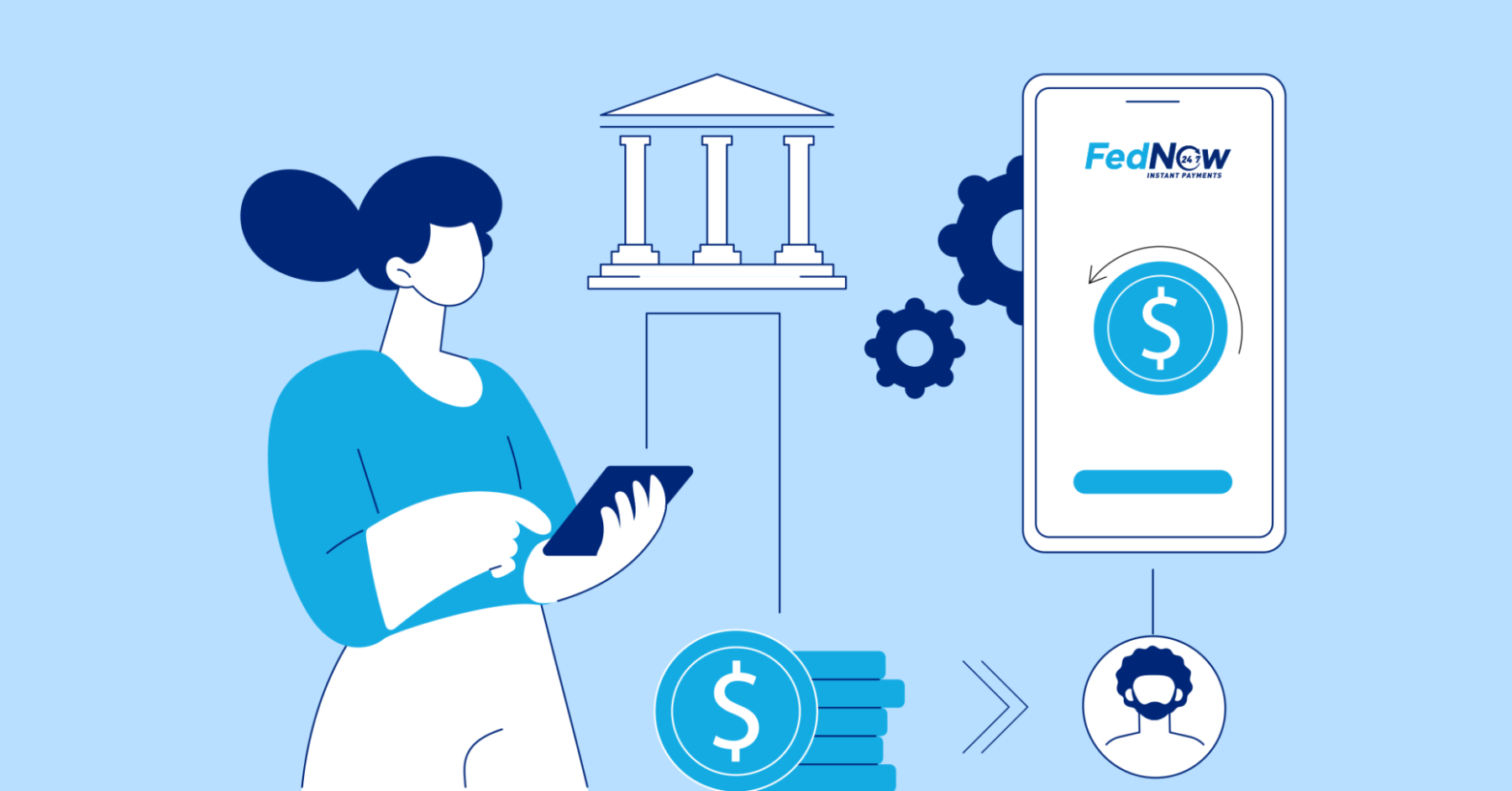September 17, 2024
FedNow's Limitations: Why Kartera's Alternative Payments Solution is the Future
The U.S. payments system is overdue for a serious upgrade, but does FedNow truly deliver? While it promises instant payments, there are some major gaps that could keep businesses and consumers frustrated.

The U.S. payments system is long overdue for innovation. While many consumers believe their digital payments are instant, the reality is that most transfers rely on outdated infrastructure, like the Automated Clearing House (ACH) network, which often takes days to process. Even “same-day” ACH still processes in batches, which is far from real-time. In contrast, countries like the U.K. introduced instant payments back in 2008, and Europe’s SEPA network launched in 2017 to provide near-instant cross-border payments.
With this in mind, the Federal Reserve’s 2019 announcement of FedNow, a real-time payments system designed to modernize U.S. financial transactions, generated excitement. Set to fully launch in July 2023, FedNow promised to deliver what the U.S. has lacked: an instant payments infrastructure. But upon closer examination, it becomes clear that FedNow may not fully live up to expectations, leaving significant gaps in the quest for a seamless and instant payment solution.
FedNow Doesn’t Offer Anything New
While FedNow is often touted as a game-changer, many consumers already have access to services like PayPal, Venmo, Zelle, and Cash App for peer-to-peer payments. These apps provide fast transfers, but they require both parties to be on the same platform, limiting their utility. What FedNow aims to provide is direct, instant transfers between bank accounts, which distinguishes it from existing services that rely on traditional processing times for transfers to and from banks.
However, FedNow’s direct transfers are comparable to Zelle’s instant transfer capabilities. The real challenge is that financial institutions must join the FedNow network to offer this service, and widespread adoption may take time. Without universal bank participation, FedNow risks being another limited solution in an already fragmented payments ecosystem.
Limited Adoption and Long Implementation Timelines
One of the key issues facing FedNow is the timeline for adoption. Even if financial institutions join the network, they must still create user interfaces or partner with fintech companies to offer FedNow as a real-time payment option. Smaller banks, while enthusiastic about FedNow, often face resource constraints that slow down technological adoption.
Although the RTP Network, a real-time payment system, has existed for years, it is used by only about 300 financial institutions—a small fraction of the 10,000 banks and credit unions across the U.S. FedNow was supposed to democratize access to instant payments, especially for smaller institutions, but the reality is that some banks may take years to implement it due to cost and technical hurdles. This could delay FedNow’s effectiveness as a truly national instant payments network.
The Federal Reserve has also acknowledged that while FedNow eventually plans to be interoperable with the ACH network, the timeline for this is unclear. The adoption of interoperability will depend on engagement across the financial sector, which is far from guaranteed.
The Push-Pull Problem
Perhaps FedNow’s biggest limitation is that it only offers push payments, where consumers can send funds but businesses cannot pull payments from a customer’s account. This differs significantly from the ACH system, which allows both push and pull payments, giving businesses greater flexibility in how they manage transactions.
The lack of pull payment capabilities will be a major drawback for businesses that need to collect recurring payments or process transactions with customer authorization, such as for utilities or subscription services. For many businesses, the inability to automate pull payments makes FedNow an incomplete solution, especially for consumers looking to directly use their bank accounts rather than credit cards.
The U.S. Still Needs a Comprehensive Instant Payments Solution
While FedNow is a step forward, it’s not the full answer to the U.S. payments problem. Instant payments are critical for consumers managing their day-to-day finances, allowing for real-time access to funds rather than waiting several days for payments to settle. However, without the ability to support both push and pull payments, and given the fragmented nature of bank adoption, FedNow falls short of delivering the comprehensive solution the market needs.
In contrast, alternative payment solutions, like Kartera’s, aim to provide both push and pull capabilities while offering real-time bank transfers that eliminate fees, prevent fraud, and significantly reduce processing costs by up to 90%. Businesses adopting more robust solutions like this benefit from increased customer loyalty and higher average order values (up to 48%), which FedNow simply cannot match.
Without clear differentiation from existing payment methods and the limitations of slow bank adoption, FedNow may not gain the traction necessary to be the instant payments revolution the U.S. hopes for. A truly effective solution will need to provide both speed and flexibility, offering real-time transfers alongside push and pull capabilities to meet the needs of businesses and consumers alike. Until then, the U.S. remains behind in the global race for modern payment infrastructure.
To discover how Kartera can help your business grow and keep you ahead of the curve, get in touch with us today by clicking here.
